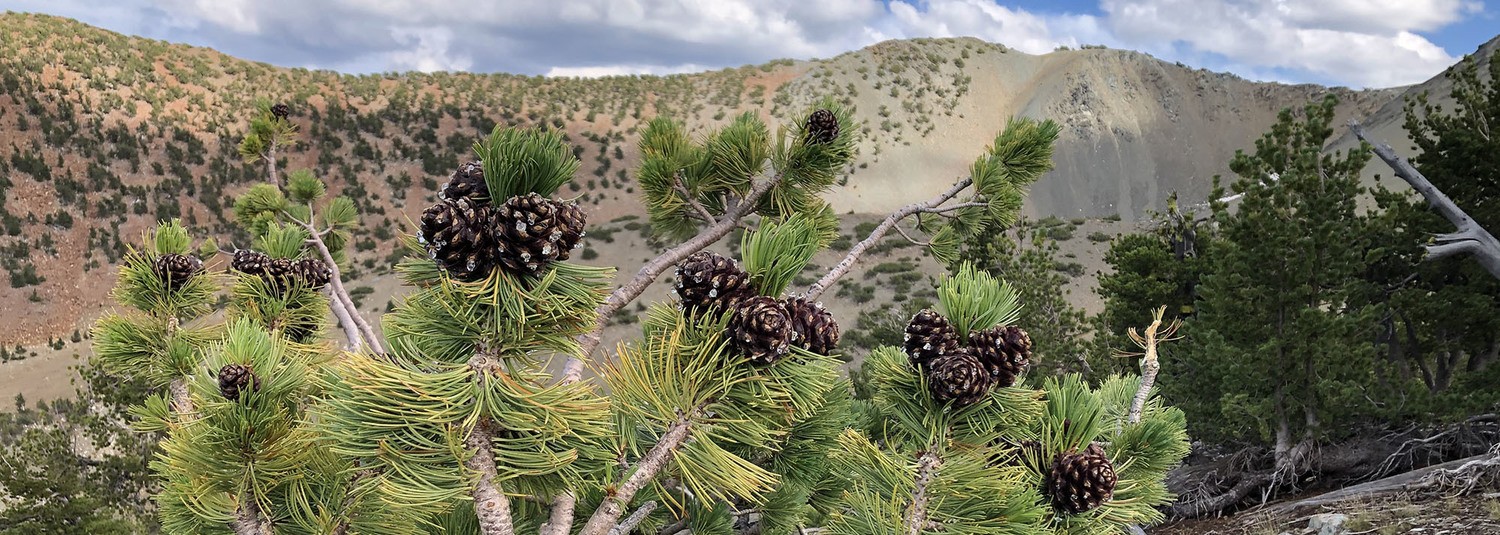In the Klamath Mountains, as in the remainder of its range in North America, whitebark pine (Pinus albicaulis) is a true summit tree that survive in only the highest subalpine conditions. Regionally, they define the extreme limits of the timber line (7,000’- 9,000’) on localized mountain tops, or sky islands, where they consummate an aesthetic splendor that rivals the finest subalpine scenery of the West. Scraggly branches splay about in the windward direction—where often just as many are dead as alive. Trees are scrupulously scattered across the landscape and thus sculpted specifically by the meager conditions offered. Centuries of slow growth are in strict compliance with the rigorous demands of sun, soil, water, and wind. On select summits a deep-time aptitude for life is exhibited through a multitude of charismatic individual forms.
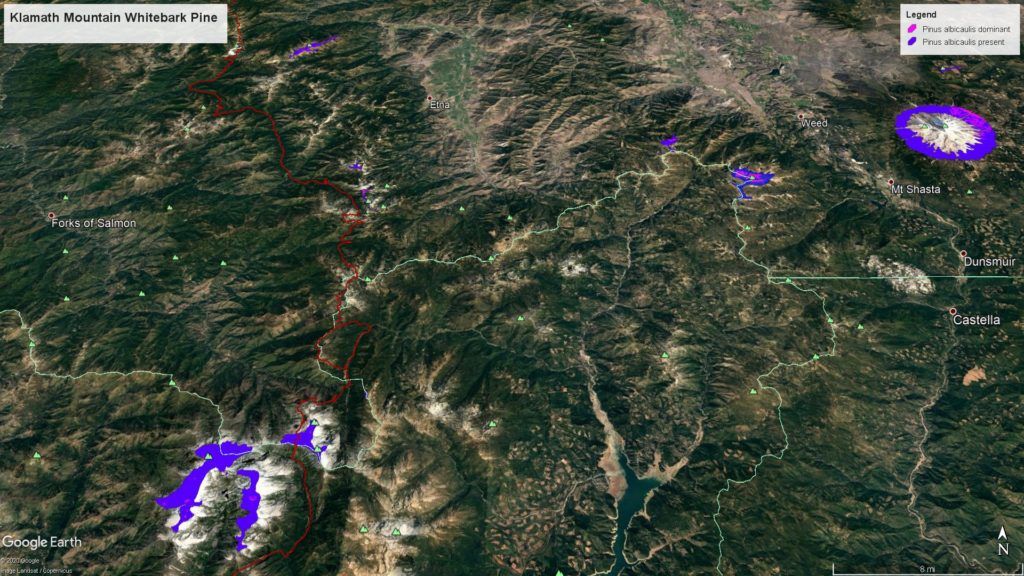
I recently visited on the more spectacular groves of Pinus albicaulis in the Klamath Mountains. What follows is a photographic journey across the landscape.
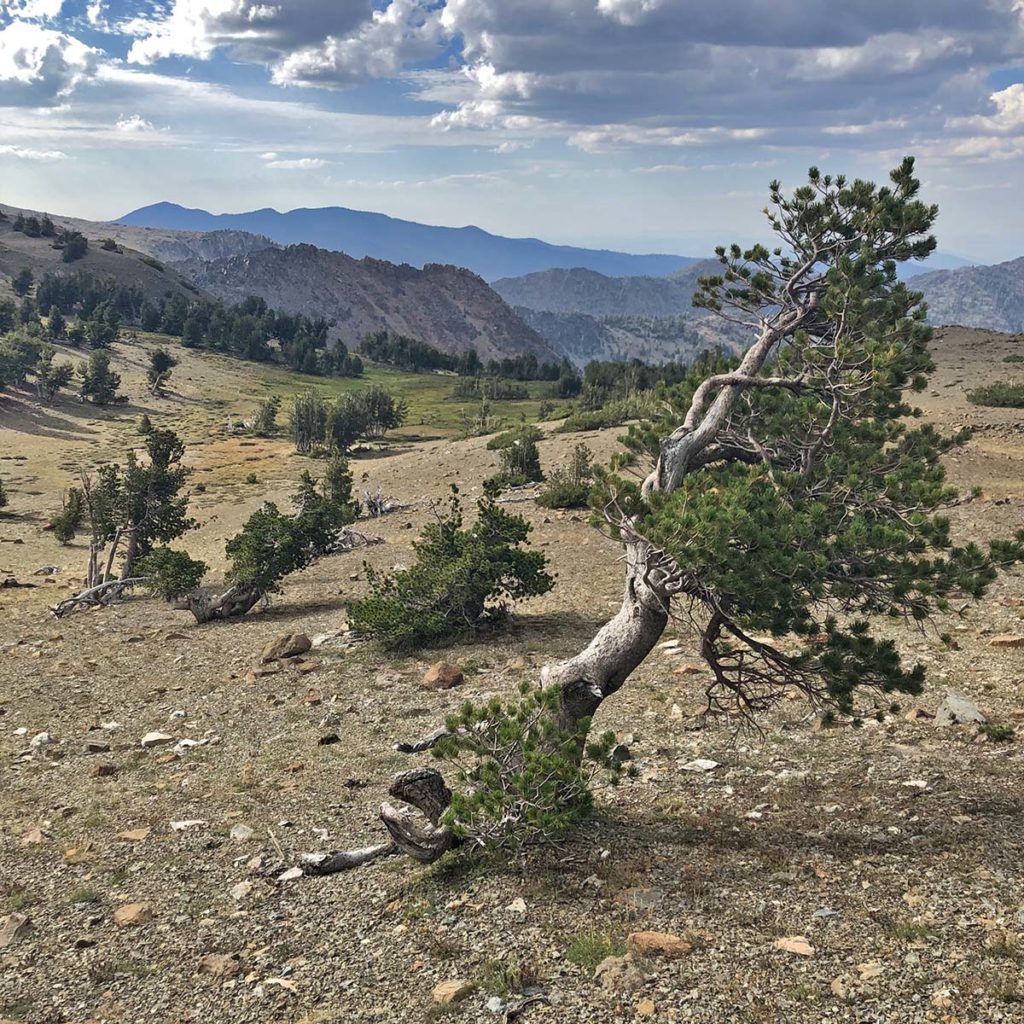
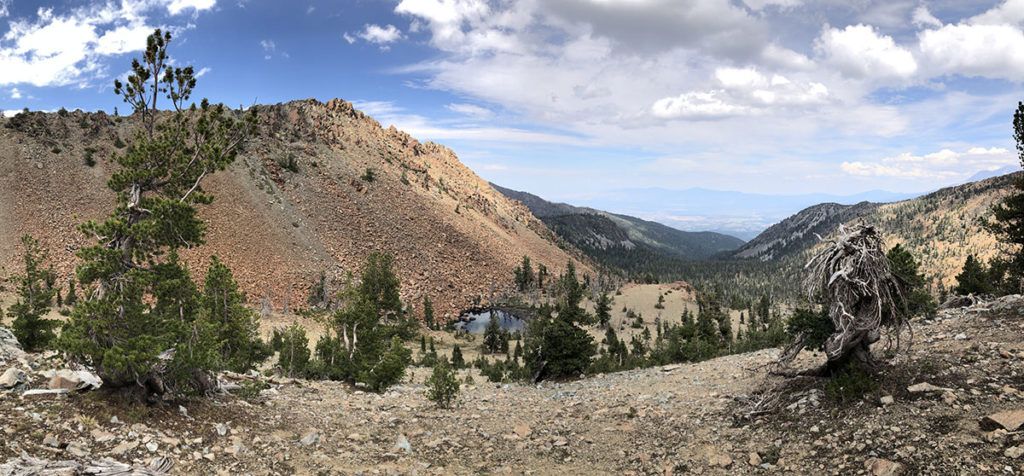
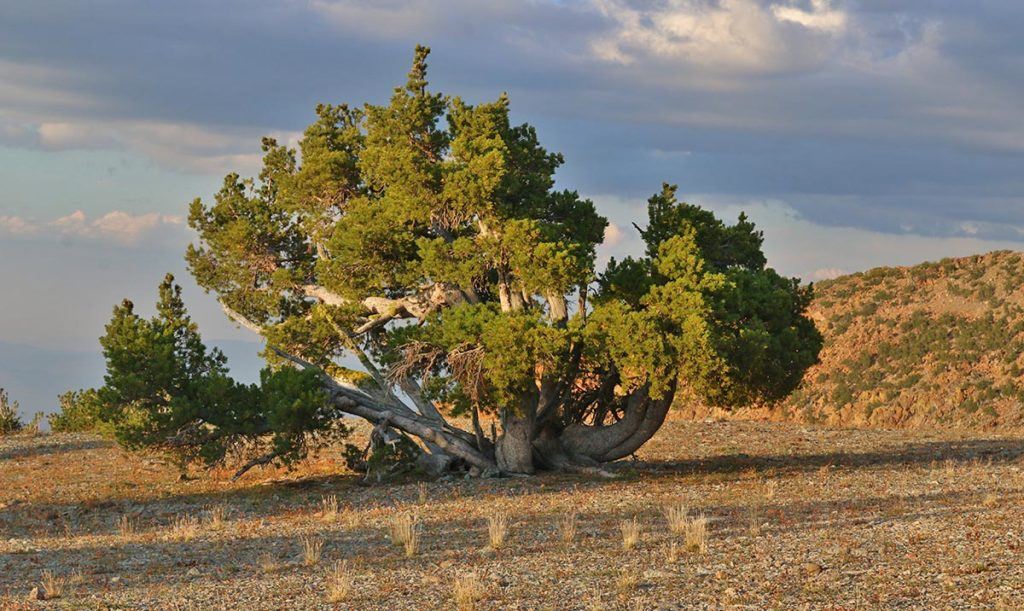
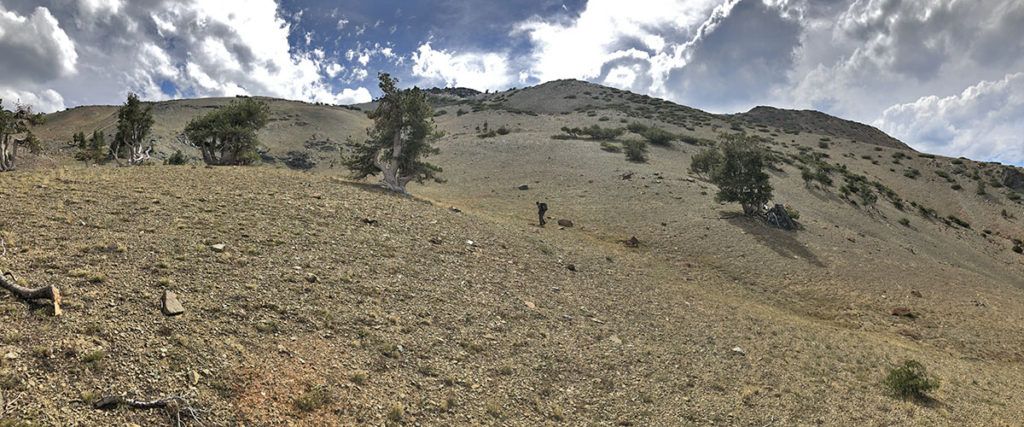
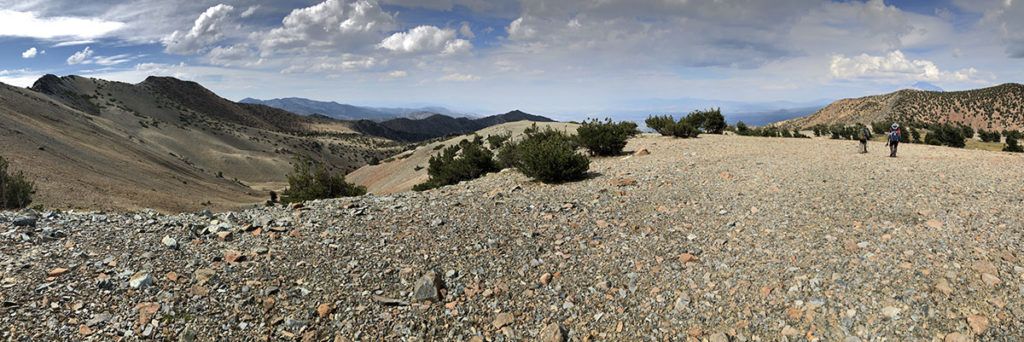
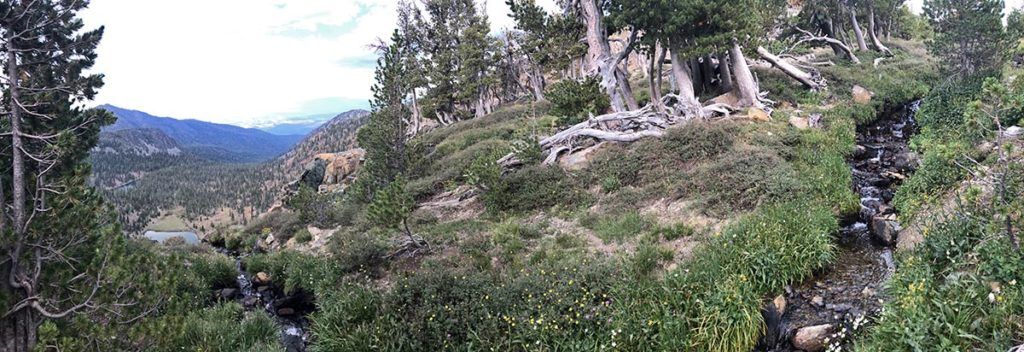
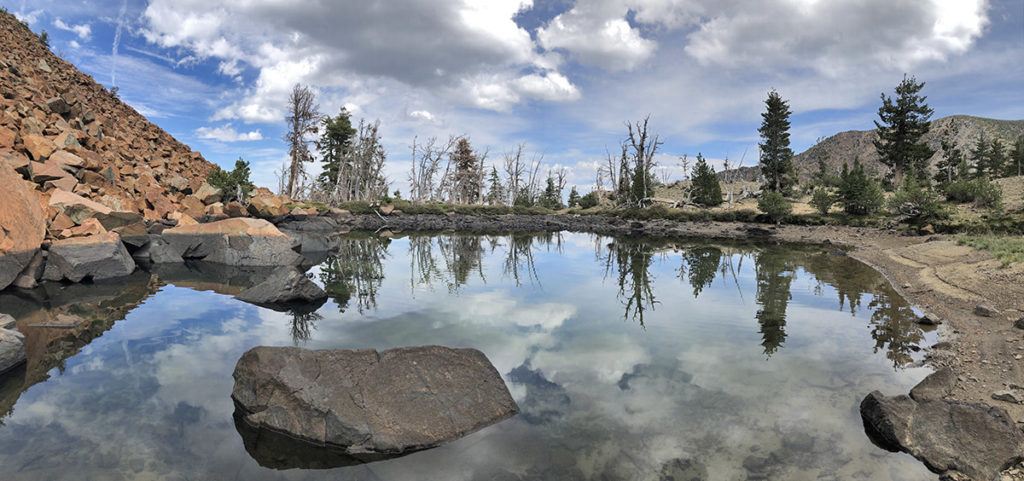
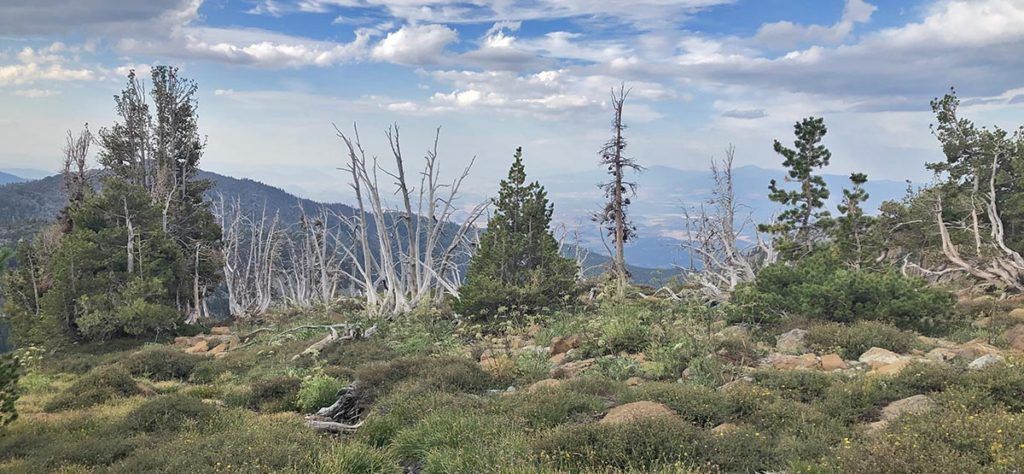
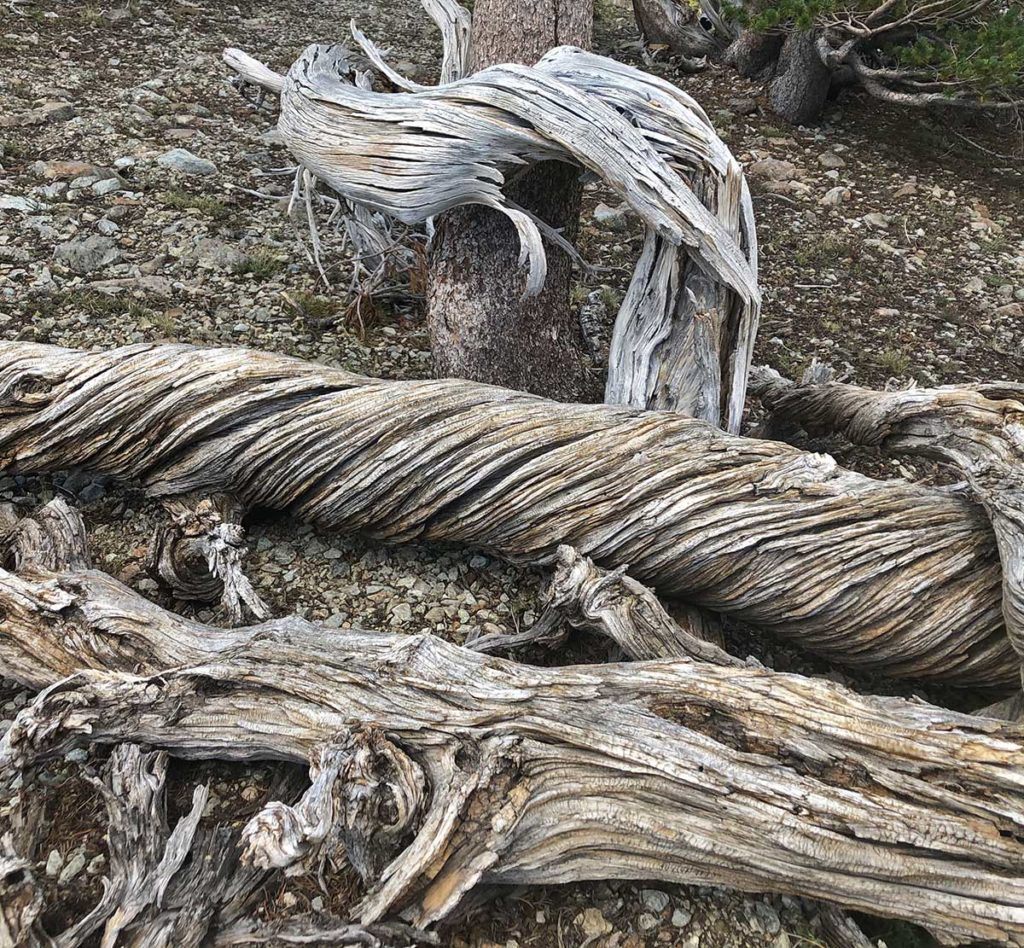
More on whitebark pine in the West
